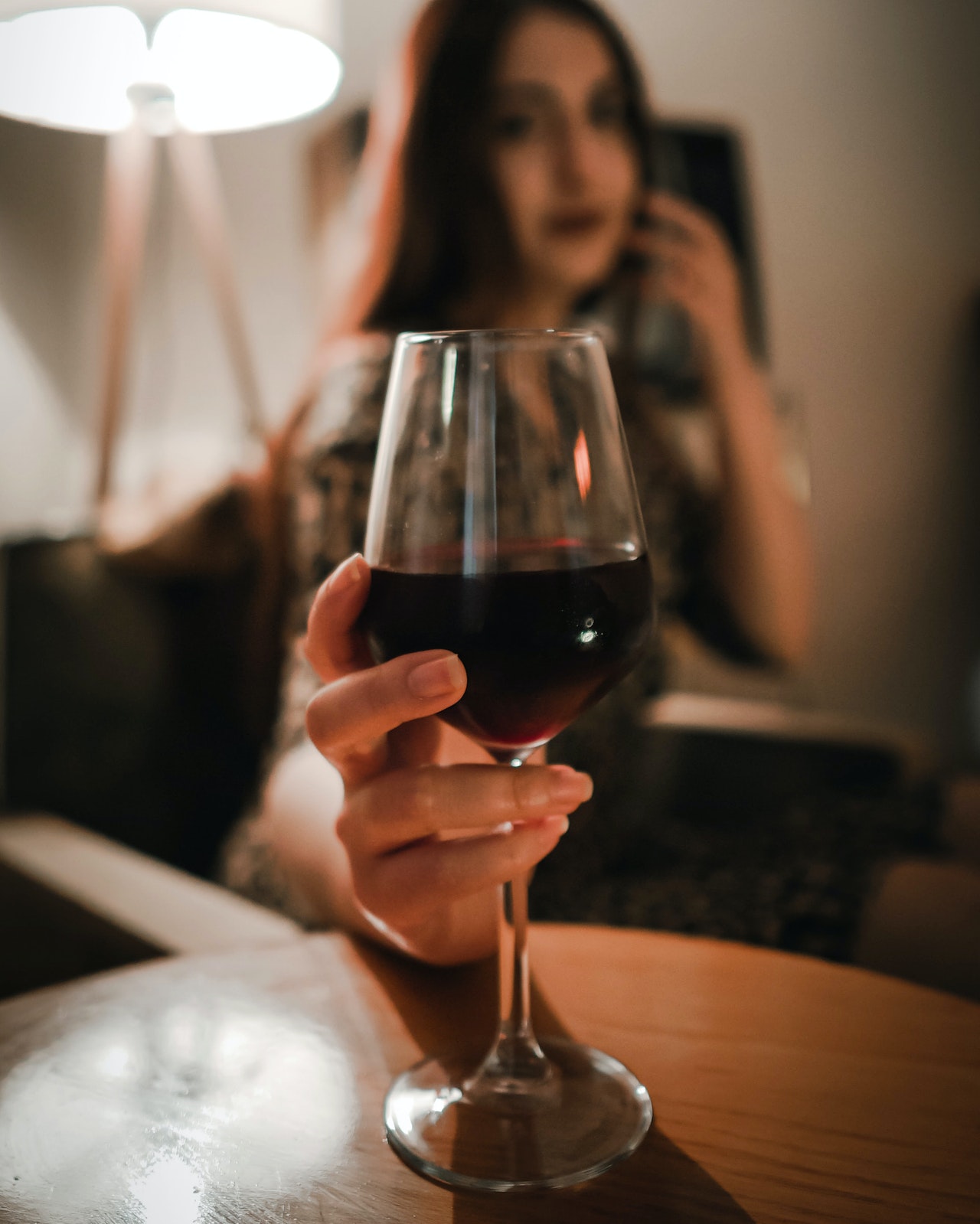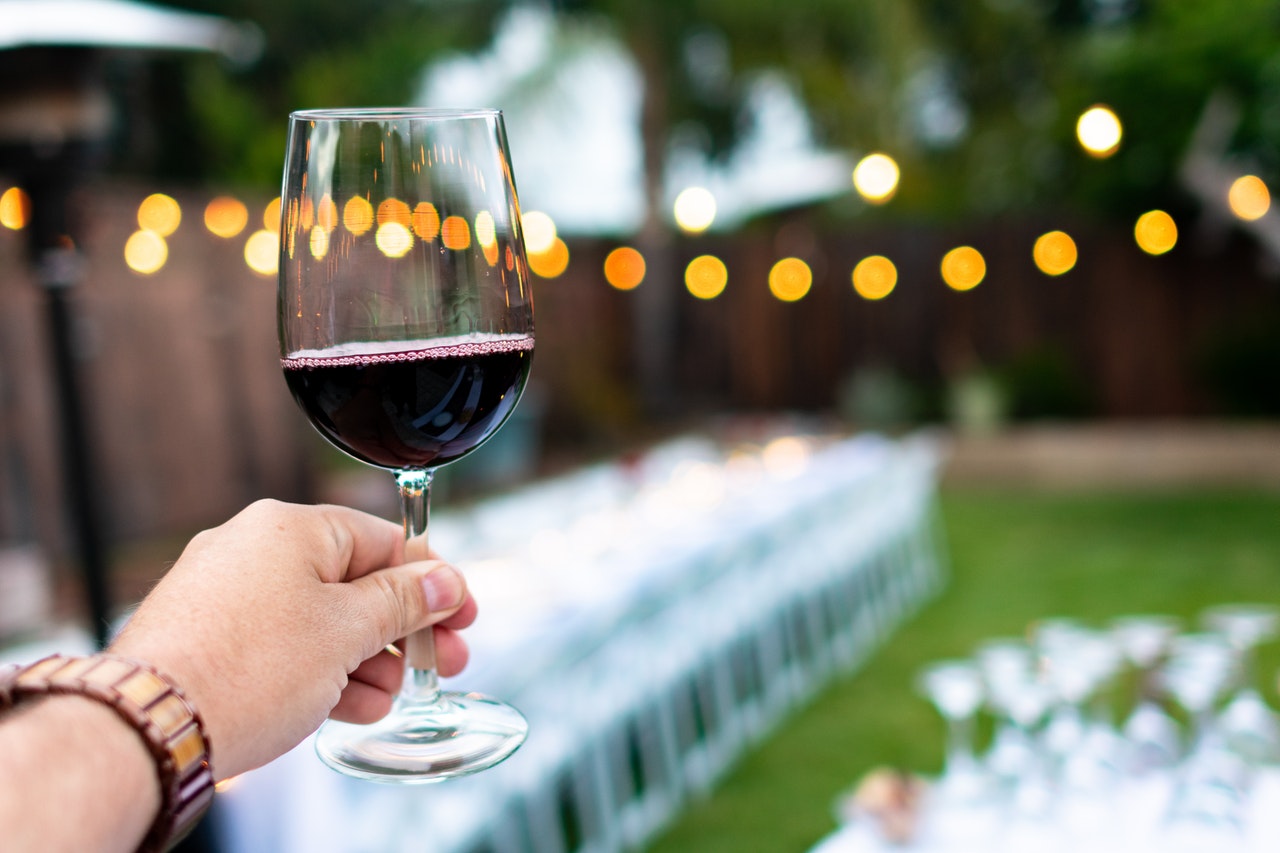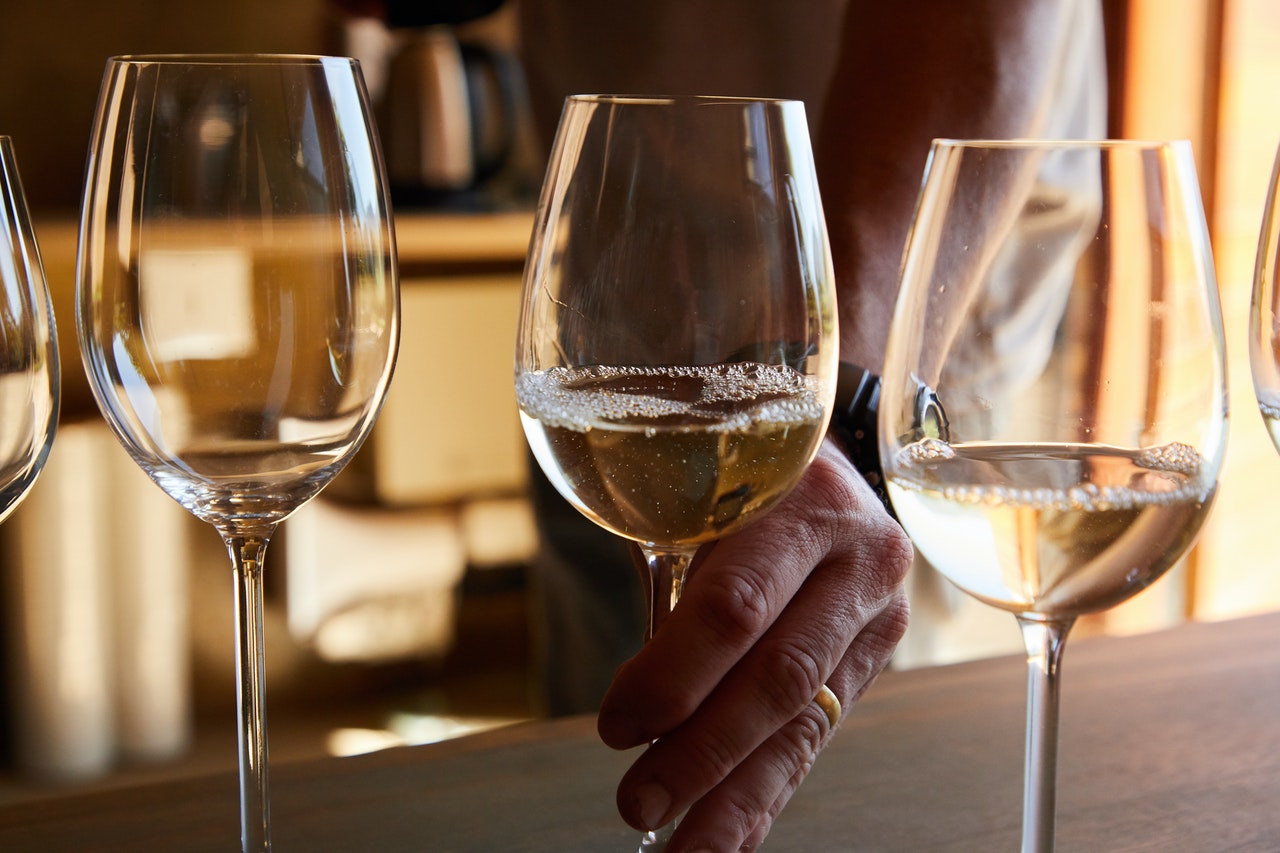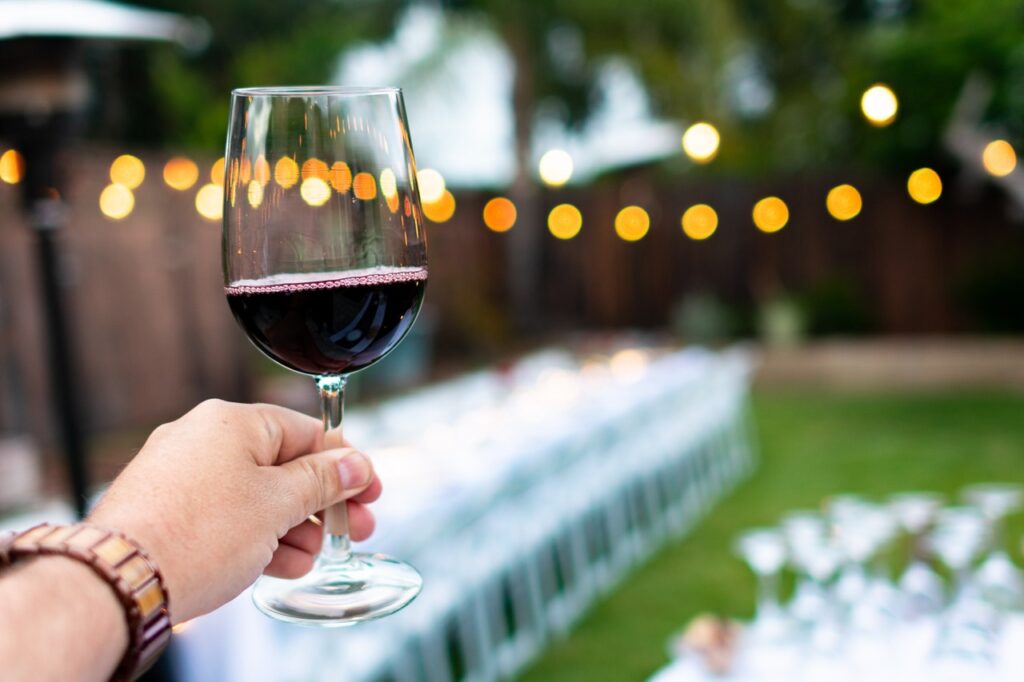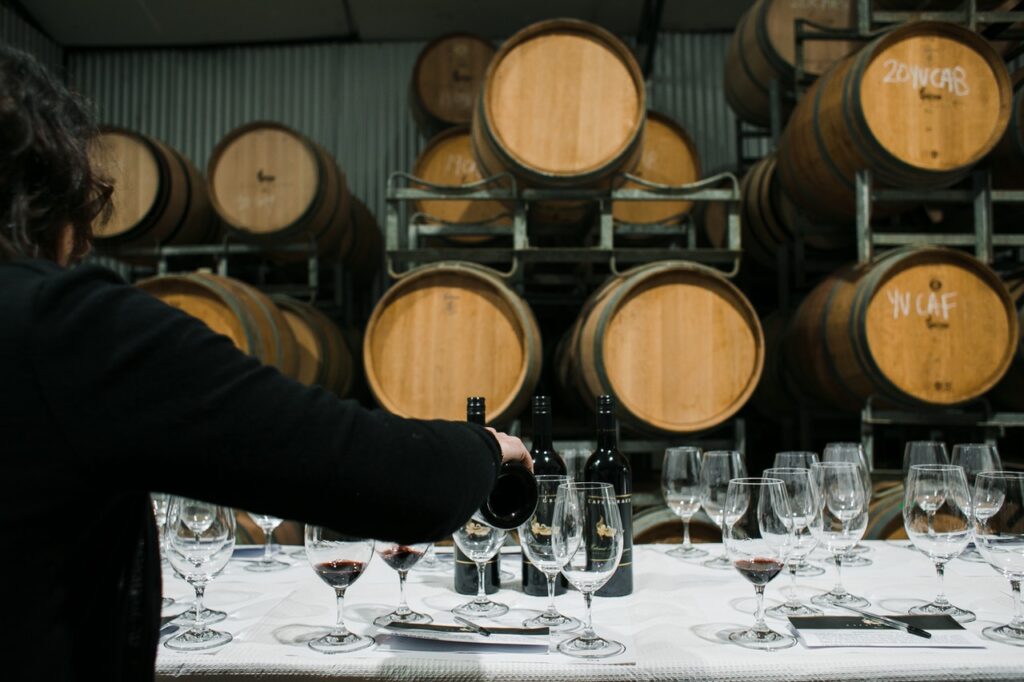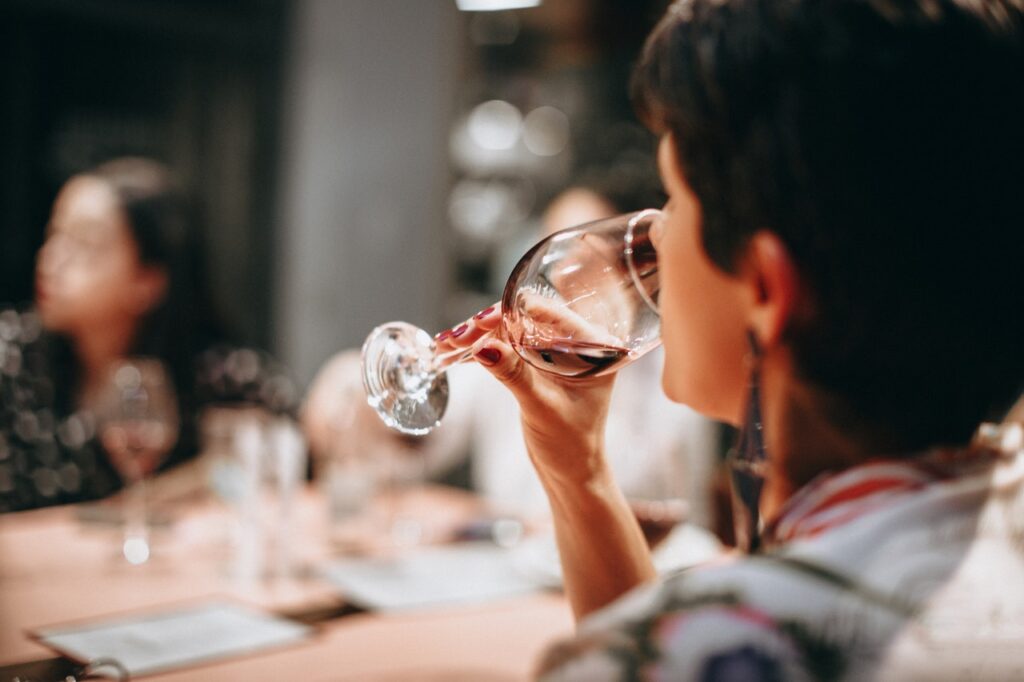love and culture
Sweet Red & Pinot Grigio
Tenisha L. James
Divineya Wines is a woman, veteran, black-owned wine company located in Virginia. The owner Tenisha L James’ passion is to not only make delicious wines but to ensure that customers receive the best experience by providing quality wine. Divineya Wines is built on passion, culture, and love for wine that will bring all people together.
Tenisha L. James
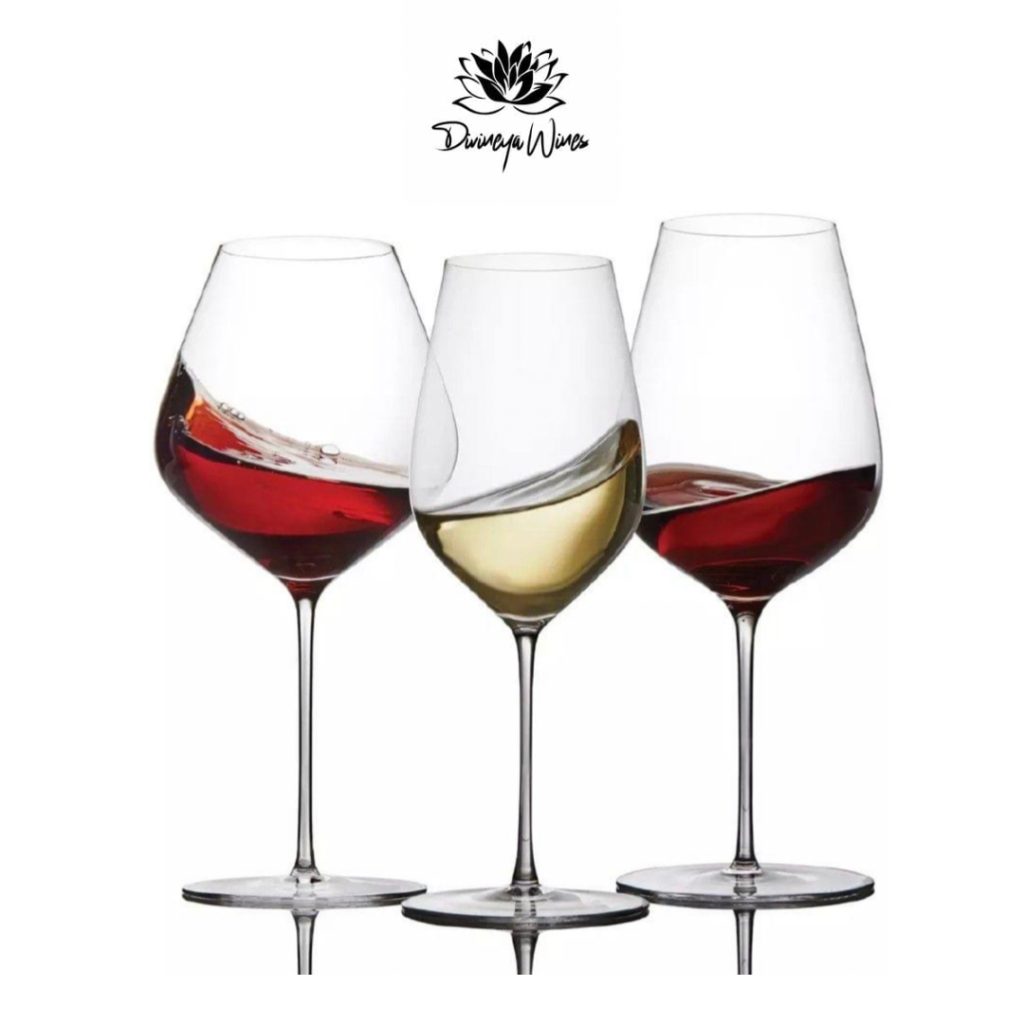
Winter Spiit
The cooler months are s commonly matched to red wines
Wine Tastings
Ready to start your wine journey with us? Select your preferred Virtual Wine Tasting
Best Harvest
Depending on the grape variety, region, and wine style.
Food Pairing
Learn food and wine pairing basics so you can create your own pairings.
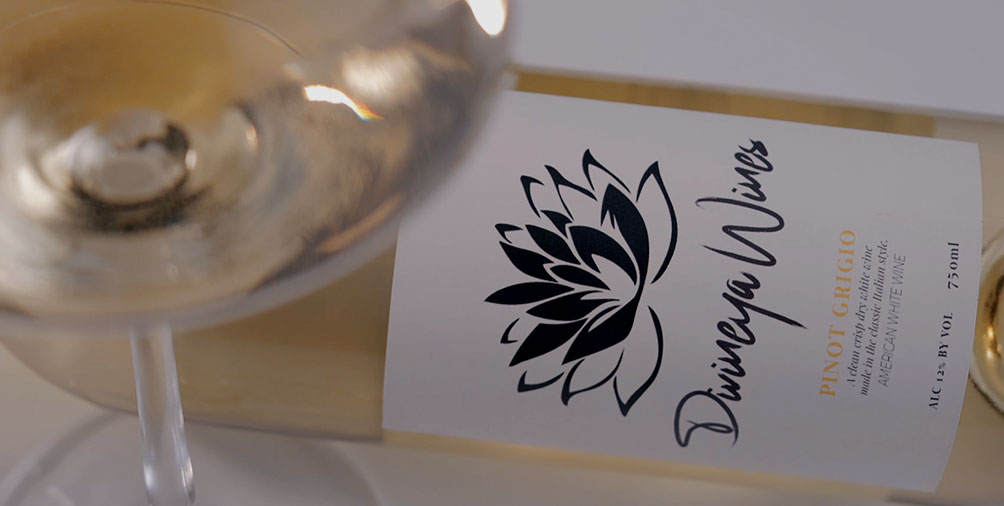
Built on Love & Culture - Our Story
WINE THATS BUILT ON LOVE & CULTURE
Like many of stories that is worth telling, ours began for the love for wine around 2012. We noticed that when we would drink wine at any restaurant or outing, it would spark so many conversations with other cultures that wouldn’t have never occurred before. People would talk about all sorts of things of interest. It also sparked many discussions about love and relationships. The love for wine and all cultures, to include, bringing people together is the reason for the rise of Divineya Wines.
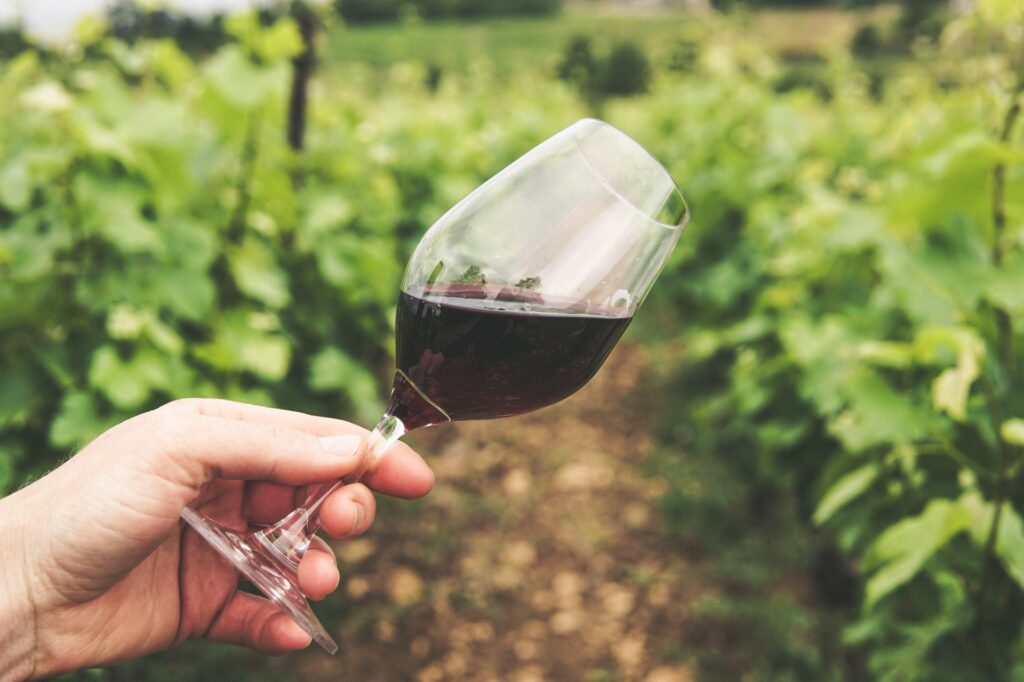
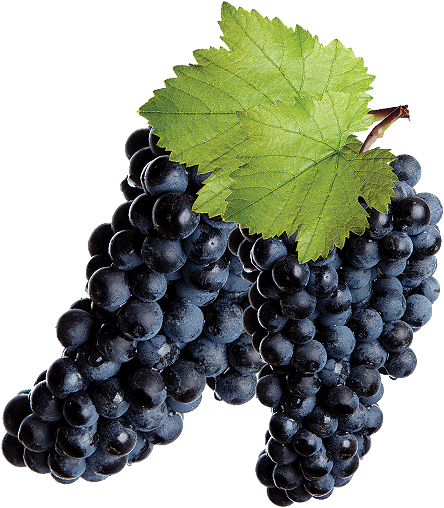
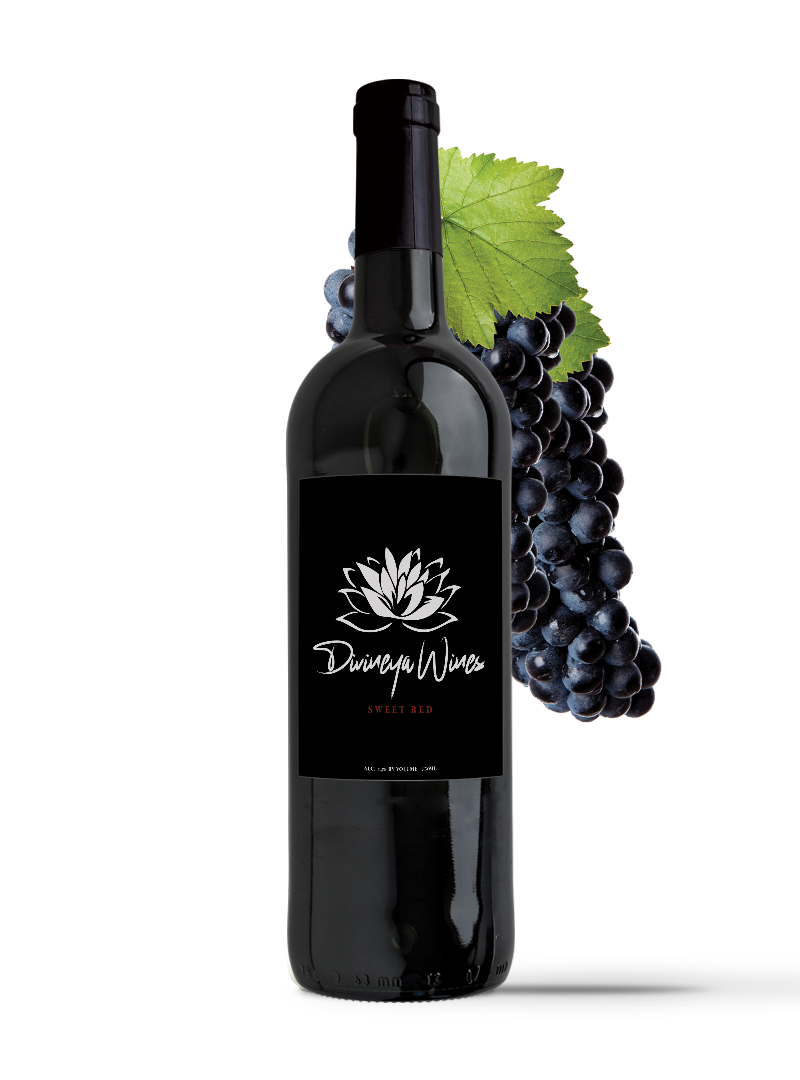
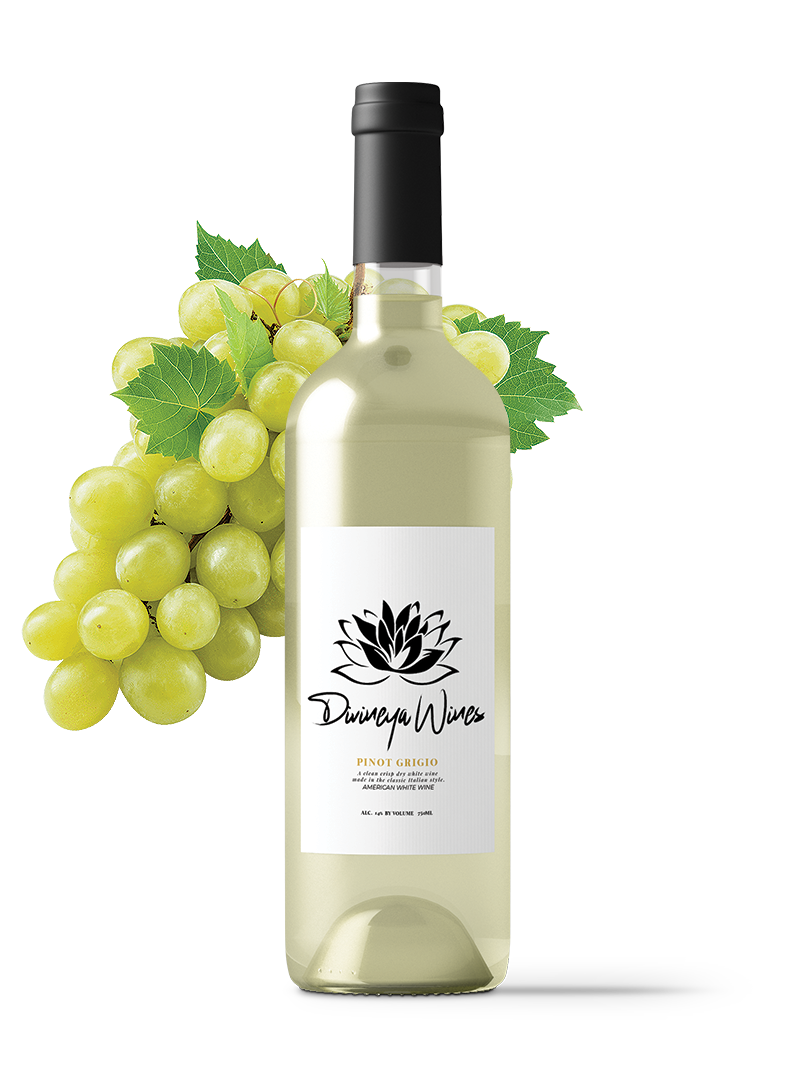
ITS DIVINEYA
Wine Glass
A Generously-Sized Glass To Release The Aromas Of Red Wine
Fruity Smell
If there are no obvious off-aromas, look for fruit aromas.
Unique Blends
Usually more rounded, from the sum of flavors and aromas
Wine Times
Frequently Asked
Some wine drinkers declare that a red wine should be allowed to ‘breathe’ in the bottle before it is poured. Frankly, this doesn’t do much to improve the wine.
- The surface area of the wine in the bottle neck is so small that hardly any oxygen can reach the wine in the hour or two in which it is left standing.
- If you really do want to oxygenate the wine, decant it by pouring it gently down the side of a glass decanter.
- Some older red wines develop a sediment at the bottom (or side, if the bottle has been stored lying down) of the bottle.
- This is not a sign of any defect, but if you prefer to keep the sediment out of the glass, you can also pour the wine carefully into a decanter, leaving the last bit, with the sediment, in the bottle.
Almost all wines contain sulphites. This is because Sulphur dioxide is used to get rid of unwanted wild yeast and other organisms, which would spoil the wine or reduce its shelf life.
The level of Sulphur permitted in South African wines is, in fact, lower than that allowed in most European wine-producing countries.
Grapes vary slightly with regards to their individual needs but they will generally thrive within certain climatic conditions. An average annual temperature of between 14-15°C, with summers not less than 19°C would be ideal.
The summers should not be too hot and autumn should not be too cool. The vines need around 675ml of rain per year, with the majority of showers in the winter and spring months. Too much rainfall in summer and autumn can harm the grapes. They become overblown and watery—and the wine tastes like that too. The weather, as we see, is a constant worry for grape growers.
As a white wine ages, you see a change in the composition of those colours: an older white wine will become more golden. And if it still has a little of those green hues, that indicates it’s still likely to have some freshness and vitality about it.
I have often heard winemakers say the wine has not been filtered, but only ‘racked’. Sometimes they add that the wine was ‘fined’. What’s this all about?
These are all ways of clarifying wines by removing the suspended particles, particularly yeast (the lees). Once the lees have settled at the bottom of a barrel or tank, the wine can be gently pumped out from a level higher than that of the lees. This way the lees are left lying at the bottom of the tank and the clear wine is drawn off. Fining is done by adding certain substances (like egg white) to the wine. The egg white spreads across the surface of the wine and then slowly sinks to the bottom of the tank, taking all the suspended particles down with it. The clear wine can then be drawn off and bottled. These processes are considered preferable to filtration, in which the wine is pumped under pressure through a series of paper filters to remove any sediment. Filtration sometimes removes some of the flavours of the wine, and can leave a slight ‘cardboard’ taste in the wine unless it is very carefully done.

Contact
- Gainesville, VA 20155
- info@divineyawines.com
- Service: (202) 322-2733


